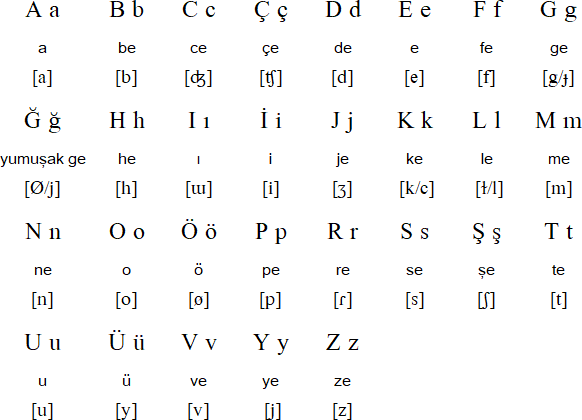Search for Turisticna Kmetija Logar discounts in Grahovo with KAYAK. Search for the cheapest hotel deal for Turisticna Kmetija Logar in Grahovo. KAYAK searches hundreds of travel sites to help you find and book the hotel deal at Turisticna Kmetija Logar that suits you best. Latest prices for hotel starting at $60 per night (Save up to 25%).
Turisticna Kmetija Logar is ideally situated in a peaceful village setting, a short car ride from Postojna and Logatec. Those staying at the property can also enjoy free Wi-Fi access throughout their stay. Logar provides luggage storage and an express check-in and check-out feature.
Family facilities include a playground. Turisticna Kmetija Logar has 7 well-appointed rooms that are accompanied by a variety of essential amenities to ensure guests have a comfortable stay.
The bathrooms have a shower, and include a hair dryer. Those staying at Logar can sit down to a unique dining experience at the in-house restaurant, suitably situated for those who want to stay nearby at mealtime.
For guests spending the day out, the guest house provides packed lunches. The bilz and kashif tera nasha mp4 song free download full.
Contents • • • • • • • • • • • • • • • • • • • • • • • • • • • • • • • • • • • • • • • • • • • • • • • • • • • • Etymology [ ] 'Kyrgyz' is believed to have been derived from the Turkic word for 'forty', in reference to the forty clans of, a legendary hero who united forty regional clans against the. Literally, Kyrgyz means We are forty. At the time, in the early 9th century AD, the Uyghurs dominated much of Central Asia (including Kyrgyzstan), Mongolia, and parts of Russia and China. The 40-ray sun on the is a reference to those same forty tribes and the graphical element in the sun's center depicts the wooden crown, called tunduk, of a —a portable dwelling traditionally used by nomads in the steppes of Central Asia. In terms of naming conventions, the country's official name is 'Kyrgyz Republic' whenever it is used in some international arenas and foreign relations.

However, in the English-speaking world, the spelling Kyrgyzstan is commonly used while its former name Kirghizia is rarely used as such. According to David C. King, were early settlers in present-day Kyrgyzstan. The state reached its greatest expansion after defeating the Khaganate in 840 A.D. From the 10th century the Kyrgyz migrated as far as the range and maintained their dominance over this territory for about 200 years. In the twelfth century the Kyrgyz dominion had shrunk to the Range and as a result of the.
With the rise of the in the thirteenth century, the Kyrgyz migrated south. The Kyrgyz peacefully became a part of the Mongol Empire in 1207. The descent of the Kyrgyz from the population, on the other hand, is confirmed by recent genetic studies. Because of the processes of migration, conquest, intermarriage, and assimilation, many of the Kyrgyz peoples who now inhabit Central and Southwest Asia are of mixed origins, often stemming from fragments of many different tribes, though they now speak closely related languages. Was a stopover on the, a land route for traders, merchants and other travelers from the Far East to Europe.
Utilized during the Kyrgyz tribes were overrun in the 17th century by the Mongols, in the mid-18th century by the Manchurian, and in the early 19th century by the Uzbek. Russian colonial era [ ] In the late nineteenth century, the eastern part of what is today Kyrgyzstan, mainly the, was ceded to the by Qing China through the.  The territory, then known in Russian as 'Kirghizia', was formally incorporated into the Empire in 1876. The Russian takeover was met with numerous revolts, and many of the Kyrgyz opted to relocate to the.
The territory, then known in Russian as 'Kirghizia', was formally incorporated into the Empire in 1876. The Russian takeover was met with numerous revolts, and many of the Kyrgyz opted to relocate to the.
In addition, the suppression of the against Russian rule in Central Asia caused many Kyrgyz later to migrate to China. Since many ethnic groups in the region were (and still are) split between neighboring states at a time when borders were more porous and less regulated, it was common to move back and forth over the mountains, depending on where life was perceived as better; this might mean better rains for pasture or better government during oppression. Soviet Kyrgyzstan [ ]. Soviet power was initially established in the region in 1919, and the was created within the (the phrase Kara-Kirghiz was used until the mid-1920s by the Russians to distinguish them from the, who were also referred to as Kirghiz).
On 5 December 1936, the was established as a constituent of the. During the 1920s, Kyrgyzstan developed considerably in cultural, educational and social life. Literacy was greatly improved, and a standard literary language was introduced by imposing Russian on the populace. Economic and social development also was notable. Many aspects of the Kyrgyz national culture were retained despite the suppression of nationalist activity under. The early years of had little effect on the political climate in Kyrgyzstan. However, the Republic's press was permitted to adopt a more liberal stance and to establish a new publication, Literaturny Kirghizstan, by the Union of Writers.